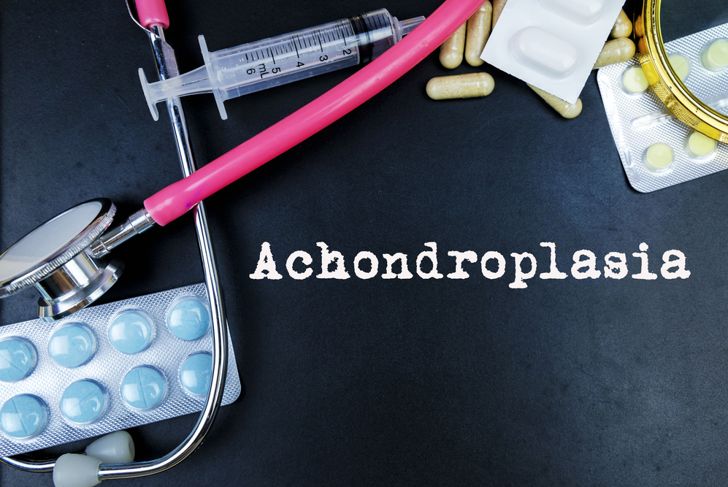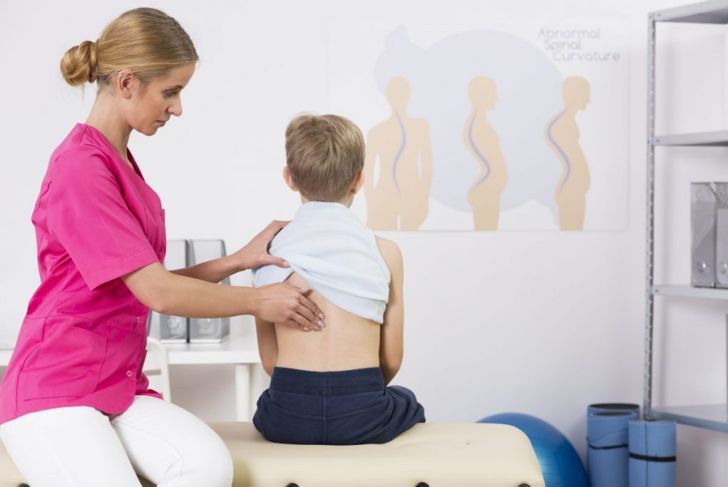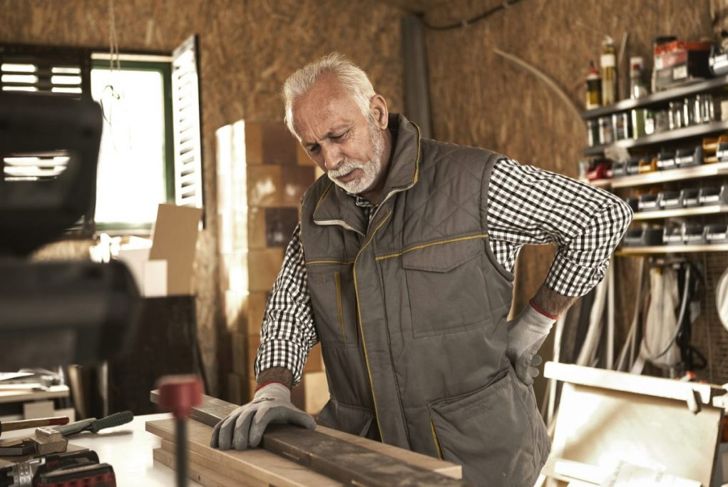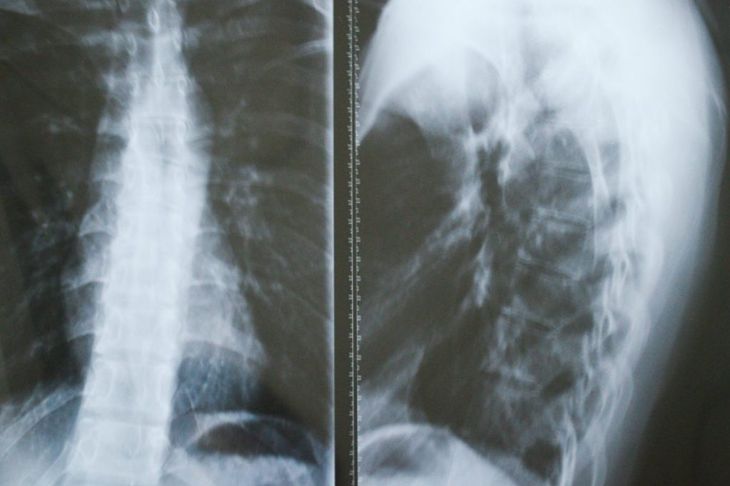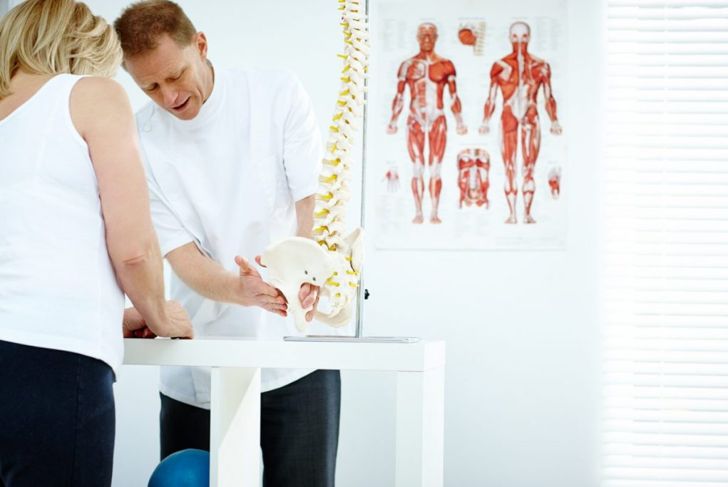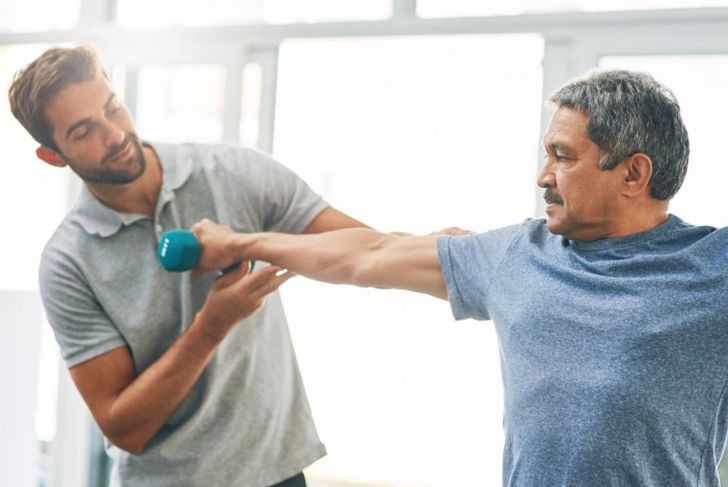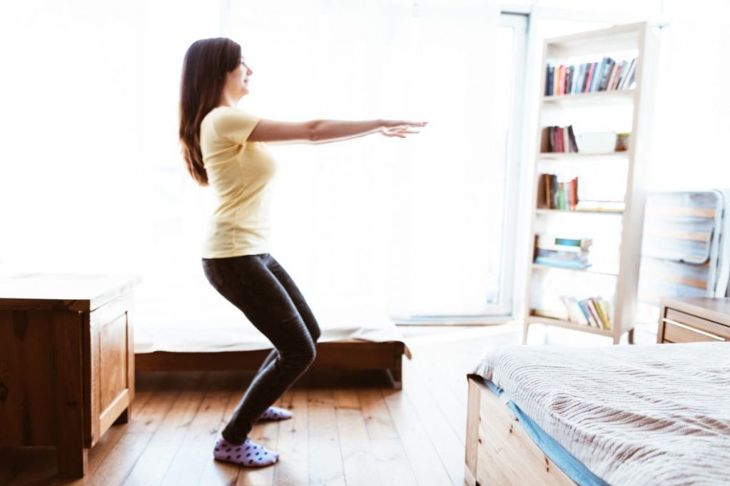The spine has natural curves that serve a variety of functions. Lordosis describes when the spine curves too far inwards. The condition can be so mild it is barely noticeable, or so severe it causes pain and interferes with daily life. Pregnant women often appear to have lordosis, but the spine curvature almost always disappears after birth because it was a simple realignment caused by an altered center of gravity.
Functions of the Spine
Slight curves in the spine are normal. The lordotic curve is in the neck and lower back while the kyphotic curve is in the upper back. These two curves together create the ‘S’ shape that defines the spine and serve many purposes, including helping the spine absorb shock, supporting the head and keeping it aligned over the pelvis, and maintaining spinal structure and bend flexibly. A healthy spine is essential for everything from moving and walking freely to maintaining balance when sitting or standing.
Risk Factors
Many conditions can cause or contribute to lordosis. Some of these conditions are hereditary while most people can alter or avoid others. Achondroplasia is a type of hereditary dwarfism. Osteoporosis is a disease causing loss of bone density, which also increases the risk of bone fractures. Obesity is a common cause of lordosis and many other health problems. Osteoporosis and obesity can result from numerous factors, but they are often treatable through diet changes, exercise, and medical intervention when necessary. Discitis is an inflammation of disc space between vertebrae. Discitis can be a result of an injury or a disease process and increases the risk of developing lordosis.
Lordosis in Children
Benign juvenile lordosis can occur in children when muscles in the hips become weak or tight. The condition usually corrects itself without treatment as the child grows. A sudden appearance of lordosis in children can indicate hip dislocation, especially if the child has experienced an accident or fall. Lordosis in children can also develop due to more serious conditions such as cerebral palsy, muscular dystrophy, spinal muscular atrophy, or arthrogryposis. These are all very rare conditions affecting muscles or the nervous system.
Lumbar lordosis
Lordosis is most common in the lumbar spine, or lower back. A simple method of checking the lumbar spine is to lie on a flat surface. A normal spinal curvature will leave enough space to slide a hand under the lower back with very little extra room. Additional space between the back and the underlying surface could be a sign of lordosis. A noticeable C-like arch upon standing is also a sign.
Cervical Lordosis
Cervical lordosis is an abnormal spine curvature in the neck region. A healthy spine resembles a wide ‘C’ shape in the neck area Lordosis in the cervical spine manifests as an overly generous curve, or a curve too far left or right, or a curve pointing in the wrong direction called reverse cervical lordosis.
Symptoms
The most common symptom of lordosis is muscle pain due to spasms or strain on the muscle. Affected individuals feel this pain in the neck, shoulder, and upper back. Other symptoms include tingling, numbness, weakness, poor bladder control, and sharp, sudden pain that comes and goes. Any difficulty controlling muscles is serious and requires prompt medical assistance.
Diagnosis
A doctor will diagnose lordosis through observation, examination, and medical history. The patient is asked to bend forward and slightly to the side so the doctor can evaluate a range of motion, judge spinal alignment and determine if the curve in the spine is flexible or not. The doctor or other medical professional will want to know when the patient noticed the excessive curve, if the curve is getting worse, if there is any change of shape in the curve, and whether the pain is present. X-rays show the angle of the curve and the final diagnosis is made based on the angle of spine curvature relating to height, age, and body mass. Diagnosing lordosis also includes ruling out other possible diagnoses first.
Treatment
The majority of people with lordosis do not require extensive medical intervention, and treatment is tailored based on the extent of the curve and specific symptoms. Medication can ease pain or swelling and supplements may be taken to correct vitamin or mineral deficiencies. Daily physical therapy increases muscle strength and improves range of motion while weight loss may improve posture. Children or teens may need corrective braces, but this is usually not necessary. Severe cases of lordosis can require surgery if neurological problems present.
Prognosis
The prognosis for lordosis is positive in the vast majority of cases, so long as doctors make a proper diagnosis and help the individual maintain spinal health. Daily exercises and a good diet are part of treatment. Blood tests to identify nutritional deficiencies and working with a nutritionist can help implement dietary changes. Physical therapy is very effective. In rare cases when doctors recommend surgery, the prognosis varies from patient to patient.
Prevention of Lordosis
Lordosis is not always preventable, but there are many ways to reduce risk. Exercises to promote good posture include shoulder shrugs, neck side tilts, yoga poses, leg raises, or pelvic tilts on a stability ball. A healthy diet and supplements (if needed) help keep bones strong. Standing for extended periods of time can change the curve of the spine, so taking breaks and sitting intermittently can prevent problems. It is important to use a chair with adequate back support.

 Home
Home Health
Health Diet & Nutrition
Diet & Nutrition Living Well
Living Well More
More
